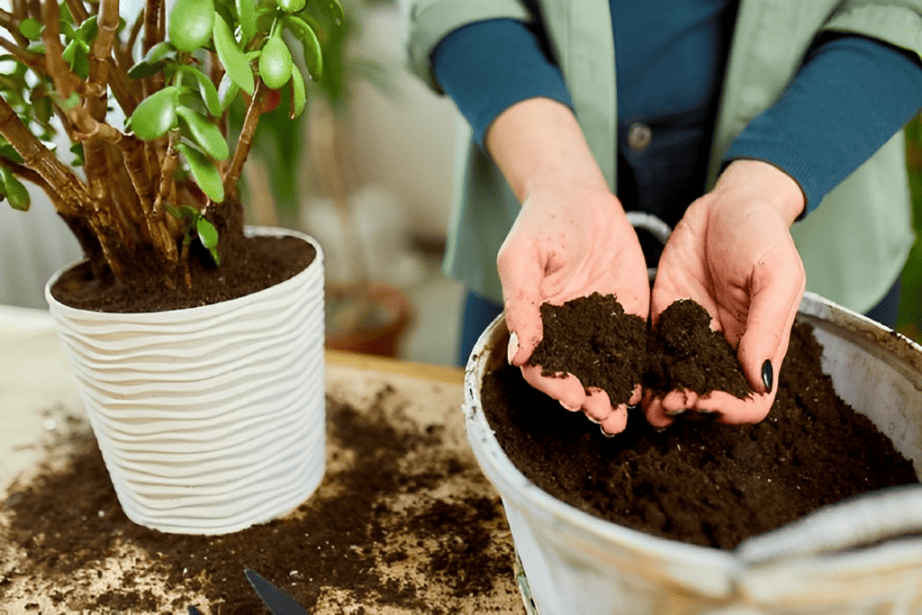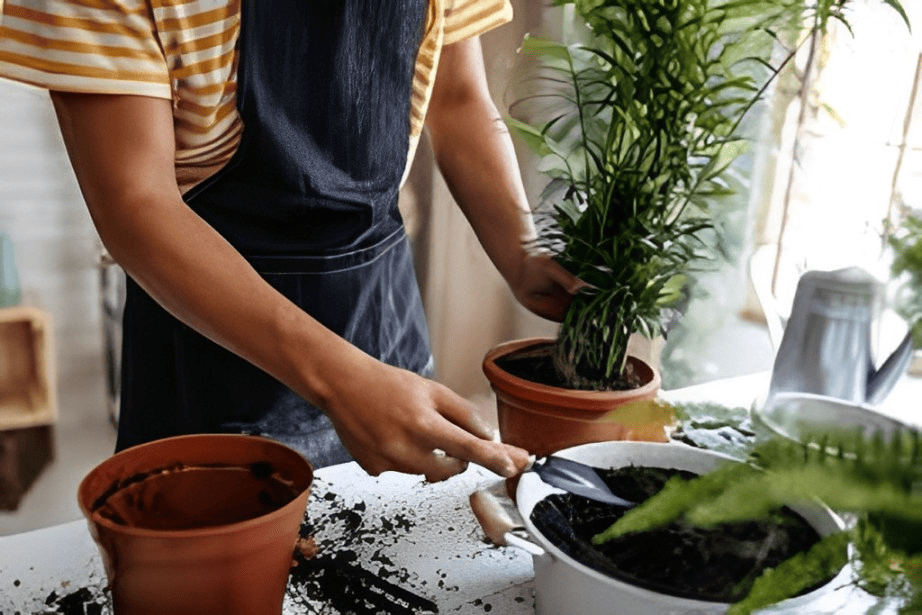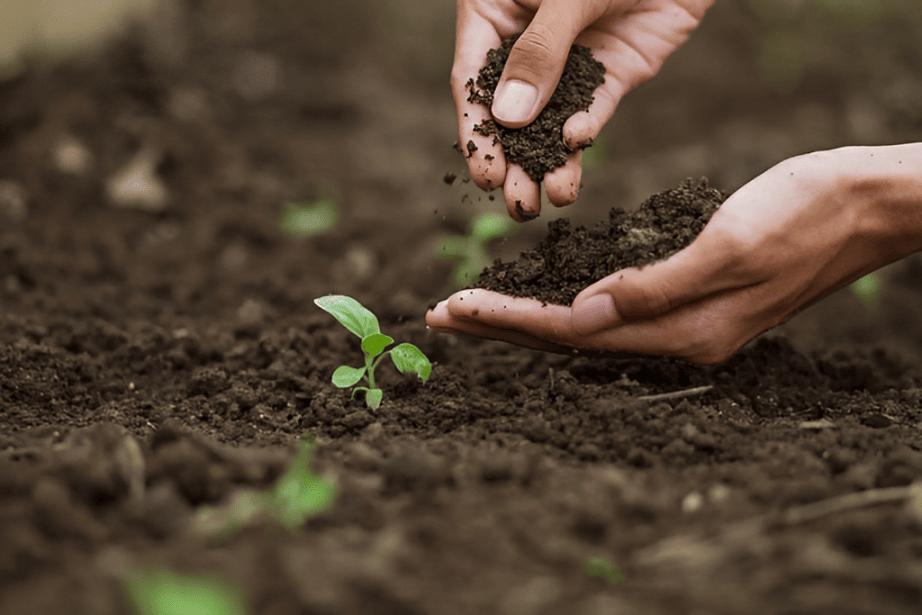Can I Use Outdoor Soil For Indoor Plants & Uses For Soil
Deciding whether to use outdoor soil for indoor plants involves weighing various factors, including soil composition, potential contaminants, and the specific needs of indoor plants.
This decision is pivotal in determining the success and health of your indoor garden. Additionally, understanding the versatile uses of soil is essential for maximizing its benefits in plant cultivation.
Can I Use Outdoor Soil For Indoor Plants

- Composition Evaluation: Assess the composition of outdoor soil, considering factors like texture, drainage, and nutrient levels.
- Contaminant Risks: Be aware of potential contaminants, such as pests, diseases, and pollutants, present in outdoor soil.
- pH Levels: Check the pH levels of the outdoor soil, as indoor plants often have specific pH preferences for optimal growth.
- Amendment Options: Explore soil amendment possibilities to enhance outdoor soil quality for indoor use. Every plant’s soil is the main ingredient for plant growth. Such as lambs lettuce, marigolds flowers and etc.
- Sterilization: Consider sterilizing outdoor soil to minimize the risk of introducing pests and diseases to the indoor environment.
- Potting Mix Alternatives: Explore specialized indoor potting mixes tailored to the needs of indoor plants for a more controlled and conducive environment.
Yes, using outdoor potting soil for indoor plants is generally acceptable, but it’s essential to ensure it is well-draining and suitable for specific indoor plant species. Indoor mixes often provide better aeration and moisture retention for optimal growth.
Before using the soil for indoor plants, warm it well in an oven or stove.
While you can use various soils for indoor plants, it’s recommended to choose a well-draining, lightweight indoor potting mix. It is used to maintain alertness and improve internal space.
The best soil for indoor plants is a well-balanced, peat-based potting mix, often enriched with perlite or vermiculite for aeration and drainage. This provides the necessary nutrients and optimal growing conditions for indoor plants.
How To Use Soil For Indoor Plants

Effectively use soil for indoor plants, start by selecting a high quality indoor potting mix with a well-balanced composition of organic matter, perlite, and vermiculite for optimal aeration and drainage.
Ensure the chosen mix is appropriate for the specific types of indoor plants you are cultivating. Choose containers with holes so that excess water drains out of the container when using water.
Regularly monitor the moisture levels of the soil and water the plants accordingly, avoiding overwatering or letting the soil dry out completely. To take good care of the plants. It is necessary to provide them with fertilizer and water.
So that they can grow quickly. If you see that the leaves of the plant are affected by insects, then immediately use an insecticidal spray and get rid of the diseases.
How To Soil For Outdoor Plant

- Site Selection: Choose an appropriate location for outdoor plants, considering factors such as sunlight exposure, soil drainage, and accessibility for watering.
- Soil: Get your soil tested for pH and nutrients to determine. If the soil is healthy for your plants.
- Fertilization: Add a small amount of fertilizer to the plant as the weather changes. So that the plant quickly grows.
- Proper Planting Depth: Plant outdoor plants at the correct depth to promote healthy root development and stability.
- Mulching For Plants: It is very important to apply mulch with the plants to maintain moisture in the soil and prevent weeds from growing around the plants.
- Watering: When watering the plants, take care to keep the soil moist but don’t over-water the soil. Because over-water isn’t good for every plant. Grid watering system will give each plant as much water as it needs.
- Herbs Controlling: If weeds grow unnecessarily around the plant. Cut them with the help of a scythe.
- Aeration: Promote soil aeration by avoiding compaction and, if necessary, aerating the soil to enhance root growth and nutrient uptake.
- Seasonal Considerations: Adjust soil care practices based on seasonal changes, recognizing that different plants may have varying requirements during different times of the year.
Conclusion
While using outdoor soil for indoor plants is a possibility, it demands careful consideration of various factors, including soil composition, contaminants, and plant-specific needs.
The potential risks associated with outdoor soil, such as pests and diseases, may outweigh the convenience. Opting for high-quality indoor potting mixes provides a controlled environment, ensuring better aeration, drainage, and nutrient availability.
Understanding the diverse uses of soil in both indoor and outdoor settings is crucial for successful plant cultivation. Ultimately, choosing the right soil and employing proper care techniques are essential for fostering a healthy and thriving garden, whether indoors or outdoors.
